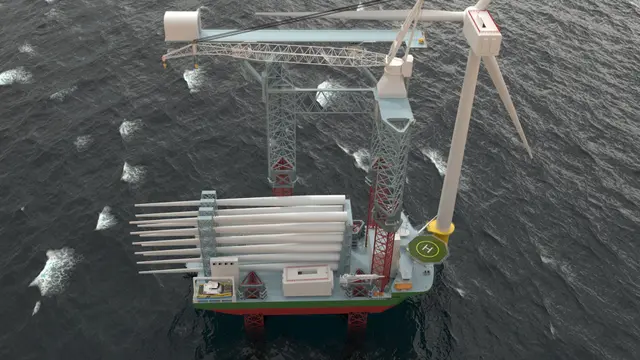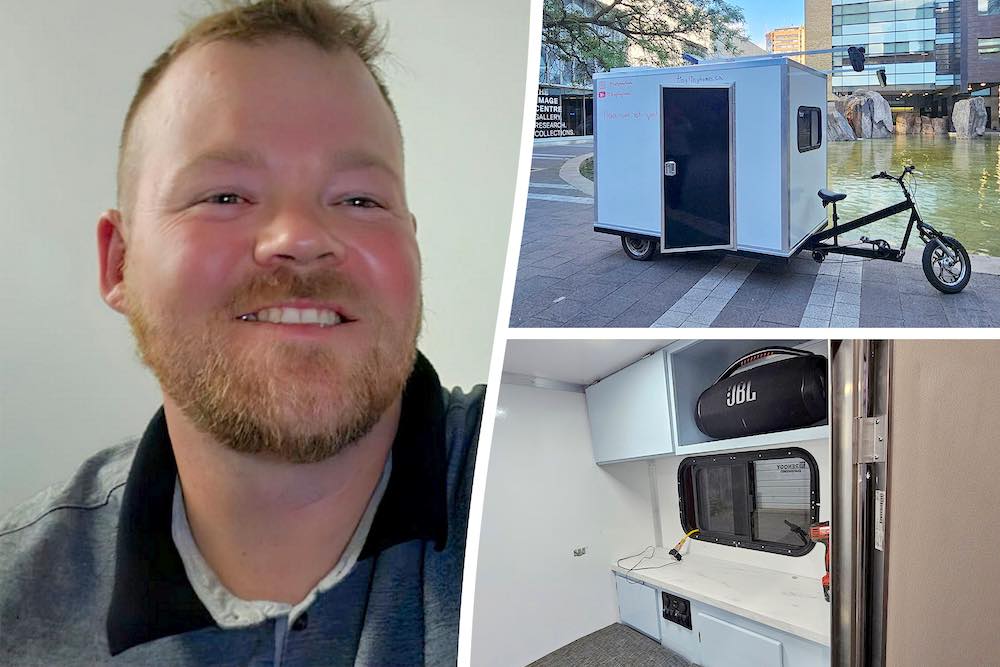Federal Reserve Makes Large Interest Rate Cut!
The Federal Reserve announced a much-anticipated interest rate cut on Wednesday, reducing the benchmark rate by half a percentage point (50 basis points) from its highest level in 23 years. This move comes as the central bank responds to progress in controlling inflation and aims to ease borrowing costs.
The cut, the Fed’s first since March 2020, brings the federal funds rate down to a range of 4.75% to 5%. This is a larger than expected cut and the Fed said they expect to make another before the end of the year.
Since July 2023, interest rates had been set at a range of 5.25% to 5.5%, the highest since 2001, while the Fed closely monitored economic data to assess whether inflation was moving toward its 2% target.
Recent months have shown encouraging signs that inflation is cooling, although it hasn’t fully reached the Fed’s goal yet. In August, inflation slowed to 2.5% annually, down from 2.9% in July, and significantly lower than the cycle’s peak of 9.1% in June 2022.
Now that the Fed is cutting rates, borrowing costs, including rates on home loans, credit cards, auto loans, and student loans should start to decrease.
Some rates, particularly mortgages, have already seen significant declines as the Fed indicated its plans for rate cuts. The average 30-year fixed mortgage rate recently dropped to 6.20%, according to Freddie Mac, down from a peak of nearly 8% last October.
Other rates, such as those for personal loans, credit cards, and auto loans, are more directly linked to the Fed’s policy changes and are likely to decrease shortly after the Fed’s decision, according to Parthenon’s Gregory Daco.





